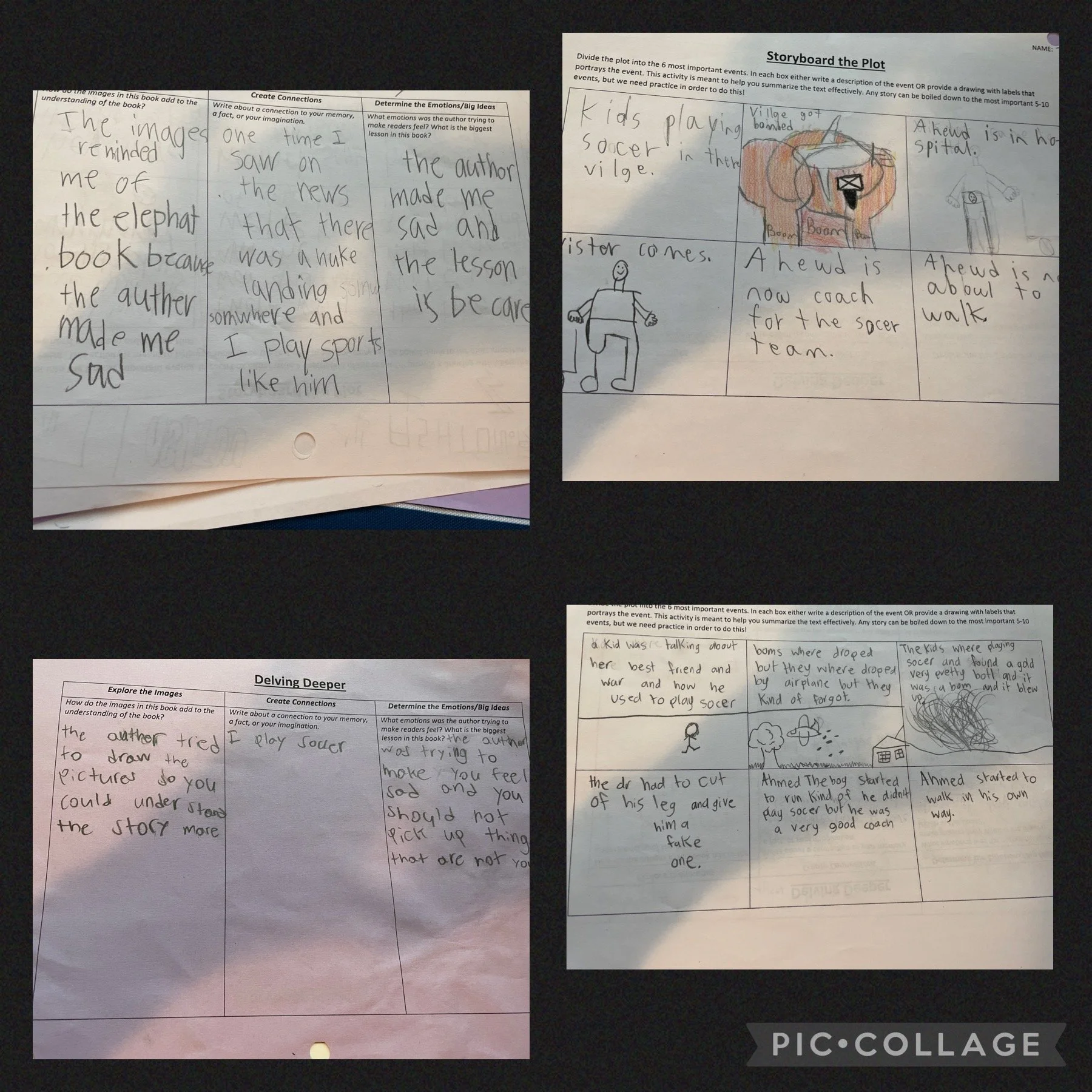Picture Book Study: Exploring the Alternate Experiences of War
November 11th is Veterans Day in the USA and Remembrance Day in all commonwealth countries including Canada. There are poppies, poems, and moments of silence. We collectively wish as the world that war no longer existed and that the death was over-but it is not.
It is important for teachers to talk about hard things and encourage students to think deeply. A powerful way to encourage empathy, connection, and inference is through literature.
The Alternate Experiences of War
War impacts every single part of a world in many ways. Of course, we talk about peace, military service, and the death or injury of countless soldiers, but there is more.
What can I do as a teacher? Yes, I can teach about the soldiers, the conflicts, the geopolitical reasons…but I can also teach about the humanity. My goal with this unit is to use literature to learn new perspectives, to ask questions, and to build a more compassionate world.
I know, tall order-but I do it every year…so I am reaching my goal 27-30 kids at a time. By sharing on my blog, I am hoping to reach out further and introduce you to new books.
Picture Books
There are so many picture books you can use. Here are five that I usually read over the course of the first two weeks of November. Some are read after Remembrance Day and that is okay. We use these books to explore reading comprehension and history. I use the same graphic organizer 5 times. Before I get into what I do with the books, take a moment to read through this list. Does you school have any of them? Could you buy them? Have you read any? Do they interest you?
The Activities with Kids
Graphic Organizer
I use the same graphic organizer 5 times. Why? The first time they have to focus on both the story and the organizer. The second, they can focus more on the story. By the third time using it, the students know what is expected and they can focus on listening or relistening to the story and adding details to their thinking. HERE is a copy of the organizer I use.
Exploring Questions
We also generate questions and then explore these. Some are easy to answer…others need research…still more are philosophical. Last week, we ended up down a path that took us to pacifism and how pacifists have been sometimes treated in war. This was powerful because two of my students come from a family of pacifists, so they felt represented in a way that had not happened in school during Remembrance Day before.
The Lesson
I basically run the same basic lesson 5 times, but with different books…. You can get a copy of the lesson HERE.
Structures for Support that are Built In!
Reading the book twice
Having the books available during silent reading
Projecting the pictures and/or the words to look for details
The same graphic organizer five times = helps all know what to expect
Allowing for pictures and words
(Possible) Assessment of the Unit
Generate 3-4 big questions and students work independently or in pairs to create a poster or visual that uses examples from the books you read to answer the question.
Look at growth of detail/understanding over time of the graphic organizer and compare it to a rubric for reading comprehension skills
Use loose parts to challenge the student to represent what the most powerful scene was from the most powerful book. They must be able to defend their choice with evidence.
Final Thoughts
War is devastating. War is important to talk about and it is in how we talk about it that we help build compassion and a better world. I hope this post gives you a few ideas or at least a new book to share.
If you have a favourite book, please let me know in the comments below!



